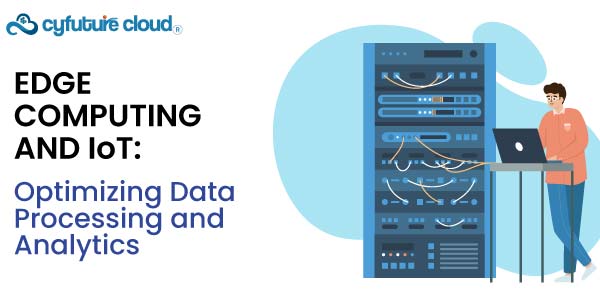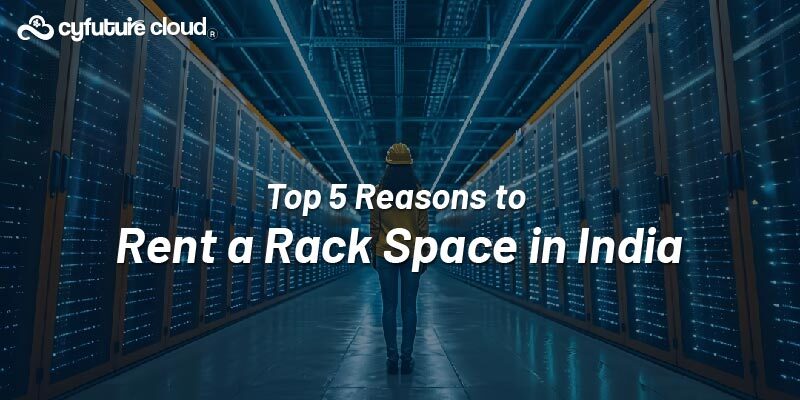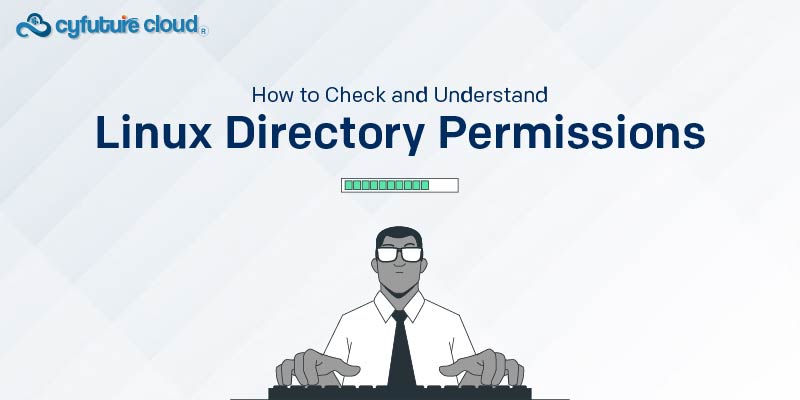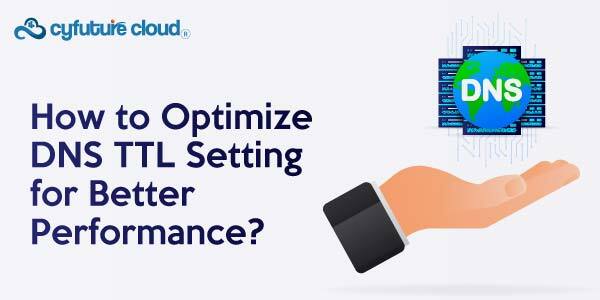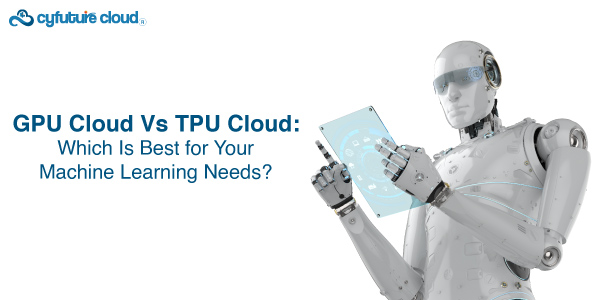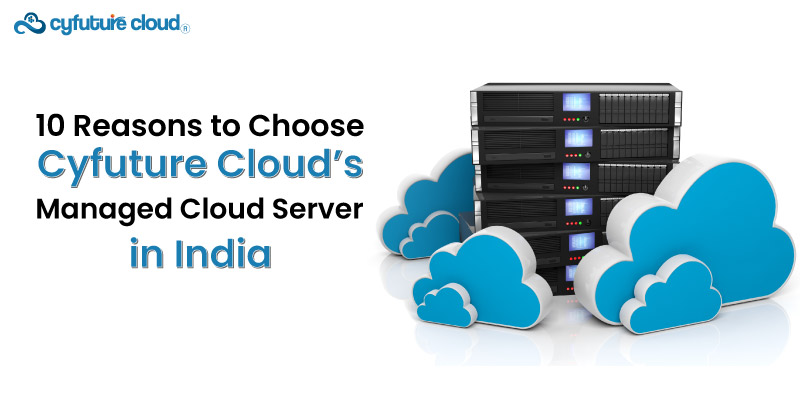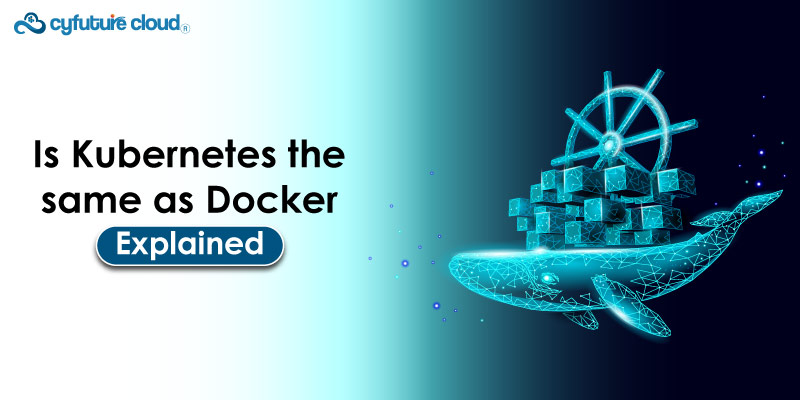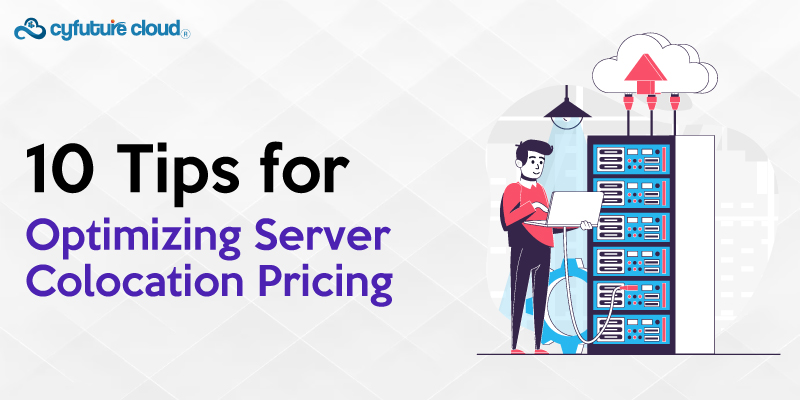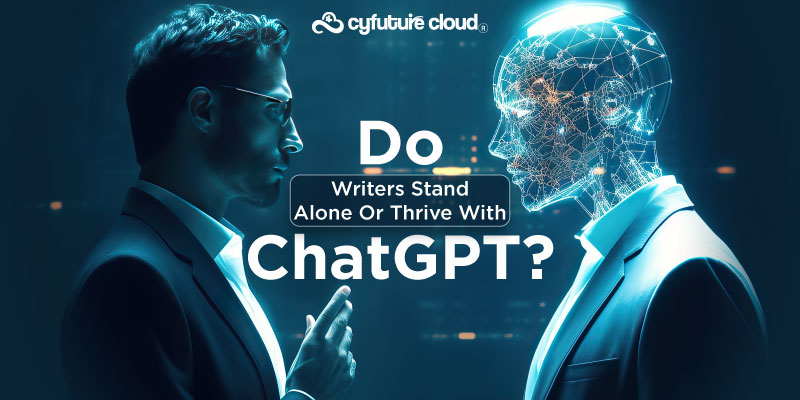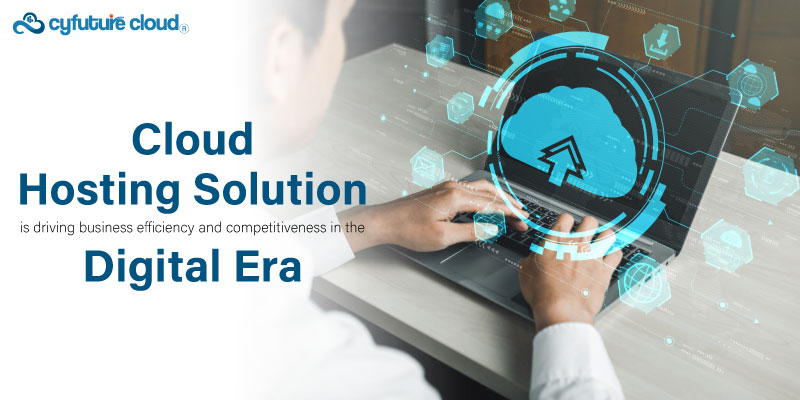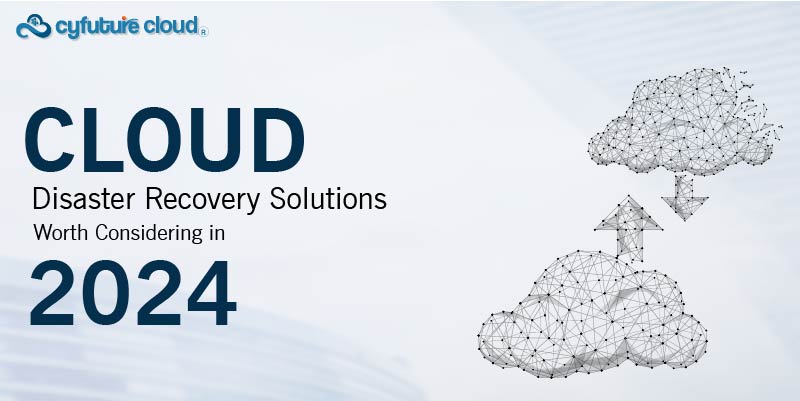Table of Contents
In the realm of modern technology, cloud computing stands as a cornerstone of innovation, revolutionizing the way businesses manage and utilize their resources. Within this landscape, Software as a Service (SaaS) emerges as a pivotal component, reshaping traditional software delivery models and offering unparalleled flexibility and scalability. As organizations increasingly migrate to the cloud, understanding the role of SaaS becomes imperative for maximizing efficiency and competitiveness.
According to recent studies, the global SaaS market is projected to reach a staggering $307.3 billion by 2026, reflecting the growing adoption of cloud-based solutions across industries. Moreover, SaaS applications account for a significant portion of cloud workloads, with business applications such as customer relationship management (CRM), enterprise resource planning (ERP), and collaboration tools leading the charge.
In this blog, we delve into the multifaceted role of SaaS in cloud computing, exploring its benefits, challenges, and impact on organizational operations. Let’s get started!
The Software-as-a-Service (SaaS) concept enables offering software applications to customers as a service. It describes a piece of software that is installed on a host service and is accessed online. The following is a list of various SaaS applications:
Applications for Customer Relationship Management (CRM) Billing and invoicing systems
- Help desk software
- Solutions for human resources (HR)
- Some SaaS products, like the Microsoft Office Suite, cannot be customized.
- The Application Programming Interface (API) offered by SaaS, however, enables the creation of specialized applications by developers.
Characteristics of Saas as the Best Cloud Hosting Services
The following are the traits of SaaS in cloud computing:
- SaaS makes the software accessible online.
- The seller looks after the software programs.
- The software license could be subscription-based or usage-based. Additionally, the charge is reoccurring.
- SaaS applications are affordable since they don’t need any end-user maintenance.
- They are accessible upon request.
- On-demand, they can be scaled up or down.
- They are continuously updated and upgraded.
- Shared data model is offered via SaaS. As a result, numerous users can share a single infrastructure instance. Hard coding the functionality for specific users is not necessary.
- All users use the same software version.
Benefits of SaaS Usage
SaaS usage is advantageous in terms of performance, efficiency, and scalability. Here are a few of the advantages:
- Small-scale software tools
- Effective software license usage
- The provider handles platform administration and centralized management tasks.
- Multitenant approaches
Small-scale software tools
The following advantages result from the SaaS application deployment’s minimal or nonexistent client-side software installation requirement:
- There is no demand for sophisticated client-side software packages.
- Client-side configuration poses little to no risk.
- Low cost of distribution
1. Effective Software License Usage
The licensing cost is decreased because the customer can use a single license for numerous machines operating at various locations. Licensing servers are unnecessary because the software runs on the provider’s infrastructure.
2. Centralized Data and Management
The cloud provider centrally stores data. For reliability and redundancy, cloud service providers may choose to store data in a decentralized manner.
3. Providers are Responsible for Platform Management
The cloud provider handles all platform tasks like backups, system upkeep, security, hardware replacement, power management, etc. The client doesn’t have to worry about them.
Web-Based Dangers
Customers’ data may be compromised if they use a SaaS application after visiting a malicious website and infecting their browser.
The consumer can use numerous browsers, designate one browser specifically for accessing SaaS apps, or utilize virtual desktops while accessing SaaS applications to avoid these dangers.
Networking Reliance
Only when the network is continually available can the SaaS application be delivered. The network should also be dependable, but neither the cloud provider nor the consumer can ensure this.
SaaS Clouds are not Portable Between Them.
Workloads might be provider-specific regarding workflow, business logic, user interfaces, and support scripts, making transferring workloads from one SaaS cloud to another challenging.
SOA and open SaaS
Open SaaS uses these SaaS apps created with open-source programming languages. Any open-source operating system and database can run these SaaS apps.
Advantages of Saas in Cloud Computing
Software as a Service (SaaS) delivered through cloud computing offers numerous benefits for businesses and users alike. Here are some key advantages of SaaS in cloud computing
- Cost Savings: SaaS eliminates the need for upfront infrastructure investment as users pay for the software on a subscription basis. It reduces hardware, software, and maintenance costs.
- Scalability and Flexibility: SaaS allows businesses to scale their software usage according to their needs. Users can easily upgrade or downgrade their subscription plans as their requirements change. This flexibility is especially beneficial for growing businesses.
- Accessibility and Mobility: As SaaS applications are cloud-based, users can access them from any location with an internet connection and on various devices. It enables remote work and collaboration among teams regardless of their physical location.
- Automatic Updates and Maintenance: SaaS providers handle software updates, patches, and maintenance tasks. Users don’t need to worry about updating the software or managing infrastructure maintenance, ensuring they can always access the latest features and improvements.
- Rapid Deployment: SaaS applications can be deployed quickly without extensive installation procedures. Users can start using the software almost immediately after subscribing.
- Improved Collaboration: SaaS applications often include collaboration features that allow multiple users to work on documents, projects, or tasks simultaneously, fostering teamwork and productivity.
- Enhanced Security Measures: Reputable SaaS providers invest heavily in security measures to protect user data. They implement encryption, authentication protocols, and regular security updates to safeguard sensitive information.
- Easier Integration: Many SaaS solutions are designed to integrate seamlessly with other software and applications, allowing businesses to create an ecosystem of interconnected tools that work together efficiently.
- Predictable Costs: With subscription-based pricing models, businesses can predict and budget their software expenses more accurately, eliminating unexpected costs related to upgrades or maintenance.
- Environmentally Friendly: Cloud-based SaaS reduces the need for individual servers, which can lead to energy savings and a smaller carbon footprint compared to traditional on-premises solutions.
Overall, SaaS cloud computing offers businesses increased efficiency, reduced operational overheads, improved accessibility, and the ability to focus on their core operations without worrying about software infrastructure management.
Key Aspects of SaaS Cloud Computing:
| Aspect | Description |
|---|---|
| Definition | Software as a Service (SaaS) is a cloud-based software distribution model where applications are hosted by a third-party provider and accessed via the internet. |
| Cost Structure | Subscription-based pricing model, typically billed monthly or annually. Users pay for software access rather than owning it outright. |
| Accessibility | Accessible from any location with an internet connection and on various devices (PCs, laptops, tablets, smartphones). Enables remote work and collaboration. |
| Scalability | Easily scalable to accommodate changes in user demands or business needs. Users can upgrade or downgrade plans as required. |
| Deployment Speed | Rapid deployment compared to traditional software. Users can start using the software almost immediately after subscribing. |
| Maintenance & Updates | Service providers handle maintenance, updates, and patches, ensuring users have access to the latest features and improvements without manual intervention. |
| Security Measures | Strong security protocols implemented by providers, including encryption, authentication, regular security updates, and compliance adherence. |
| Integration Capabilities | SaaS applications often offer easy integration with other software and systems, facilitating seamless workflow and data sharing. |
| Collaboration Features | Many SaaS solutions include collaboration tools that allow multiple users to work simultaneously on documents, projects, or tasks. |
| Cost Savings | Reduced upfront investment as no need for infrastructure setup or maintenance. Predictable costs help in budgeting and cost control. |
| Environmental Impact | Cloud-based solutions can contribute to energy savings and a smaller carbon footprint by reducing the need for individual servers and on-premises infrastructure. |
| Vendor Reliability | Dependence on the reliability and uptime of the service provider’s infrastructure and support. Service Level Agreements (SLAs) are crucial for uptime guarantees. |
Saas in cloud computing benefits layer
1: SaaS is simple to purchase
Companies can access business functionality at a budget-friendly price, less expensive than licensed programs, thanks to SaaS pricing based on a monthly or annual price subscription.
SaaS suppliers typically charge a subscription fee for the use of the apps, most frequently a monthly or annual price. It contrasts traditional software, offered on a licensed basis, with an upfront cost (and often an optional ongoing maintenance fee)
2. Many to One
One-to-many models, which are how SaaS services are provided, allow several users to share a single program instance.
3. SaaS requires less hardware.
Since the software is remotely hosted, businesses do not need to make supplemental hardware investments.
4. SaaS requires little upkeep
For enterprises, software as a service eliminates the need for installation, configuration, and ongoing maintenance. SaaS typically has lower initial setup costs than enterprise software. Vendors of software as a service (SaaS) base the price of their applications on usage factors like the number of users. SaaS offers automatic updates and is thus simple to monitor.
5. No need for certain hardware or software versions
The software will be available to all users in the same version, and they will normally access it through a web browser. By contracting out the upkeep and support of hardware and software to the IaaS provider, SaaS lowers the cost of IT support.
6. Multi-device assistance
Any device, including PCs, laptops, tablets, phones, and thin clients, can access SaaS services.
7. Integration of API
Through common APIs, SaaS services are simple to combine with other programmes or services.
8. No installation on the client side
SaaS services don’t require software installation because they can be accessed directly from the service provider using an internet connection.
SaaS cloud computing disadvantages layer
1). Security
Security may concern certain users because data is kept in the cloud. However, compared to internal deployment, cloud computing is not more secure.
2) Delayed reaction
In comparison to local deployment, there is a chance that there may be more latency when interacting with the application because data and applications are stored in the cloud at varying distances from the end-user. As a result, the SaaS model is inappropriate for applications with millisecond-level demand response times.
3) Complete reliance on the internet
Most SaaS programs cannot be used without an internet connection.
4) It’s challenging to change SaaS vendors
When switching SaaS providers, transferring huge data files over the internet, converting them, and then importing them into a new SaaS is necessary.
Send this to a friend

 Server Colocation
Server Colocation CDN Network
CDN Network Linux Cloud Hosting
Linux Cloud Hosting Kubernetes
Kubernetes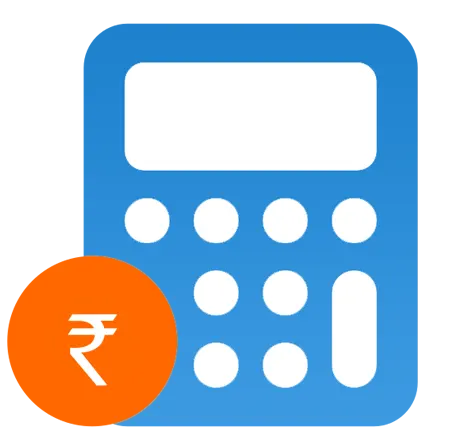 Pricing Calculator
Pricing Calculator
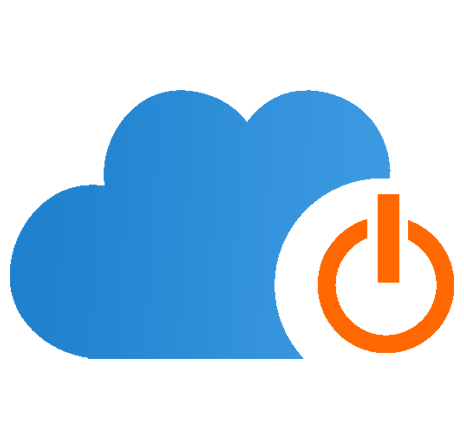 Power
Power
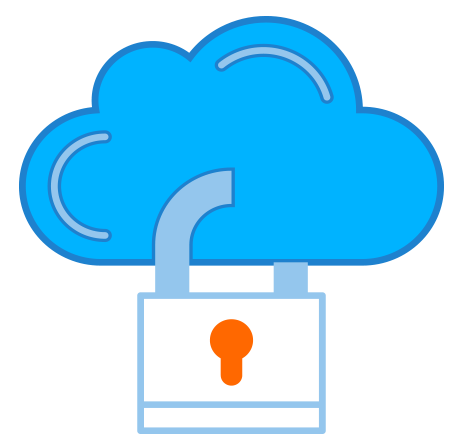 Utilities
Utilities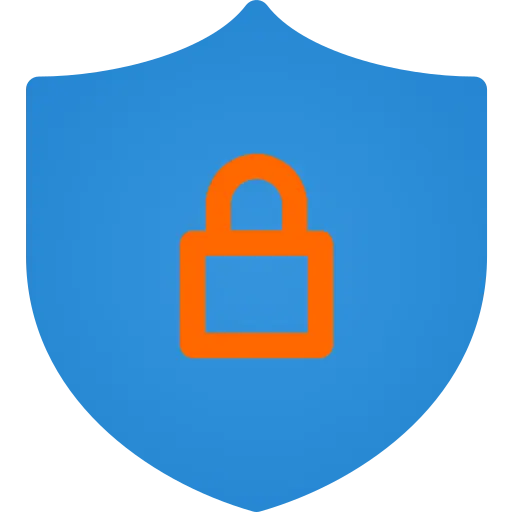 VMware Private Cloud
VMware Private Cloud VMware on AWS
VMware on AWS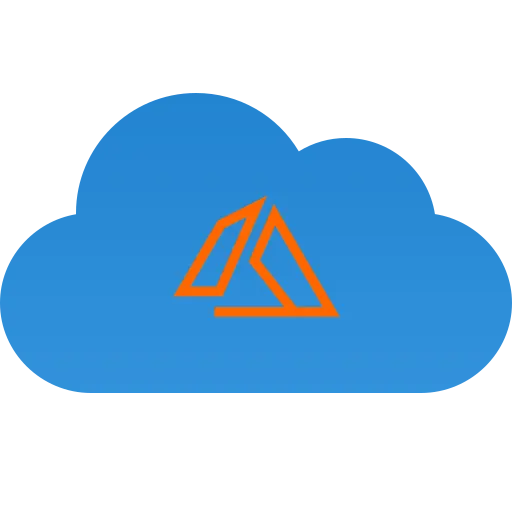 VMware on Azure
VMware on Azure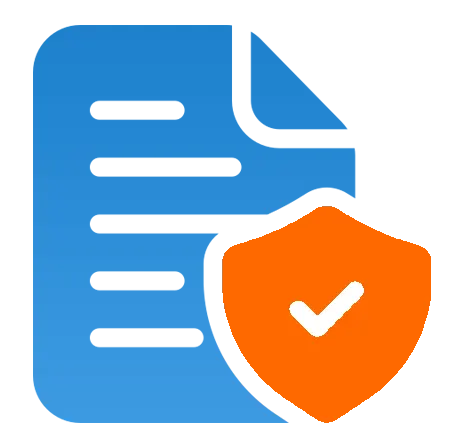 Service Level Agreement
Service Level Agreement 
